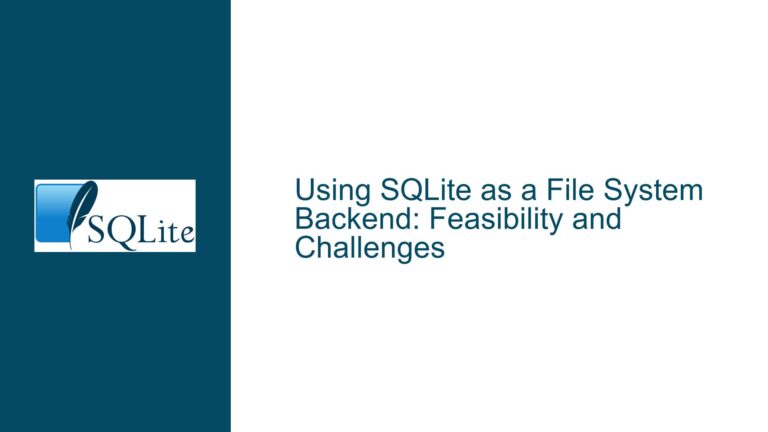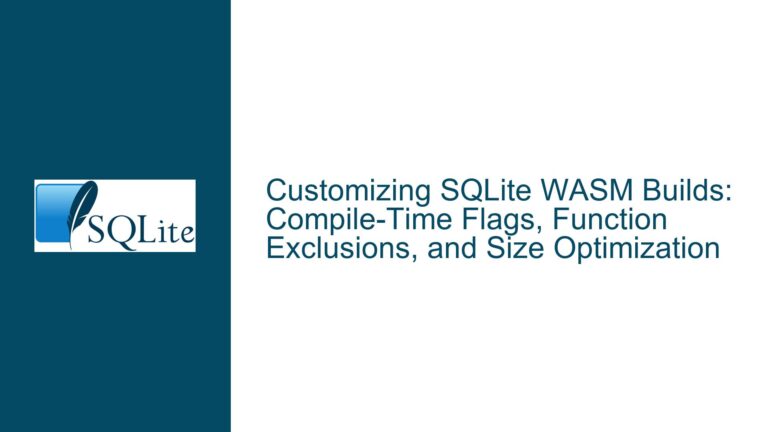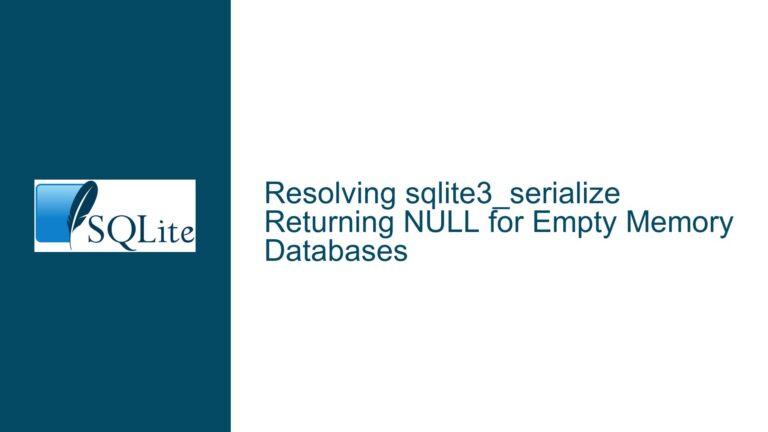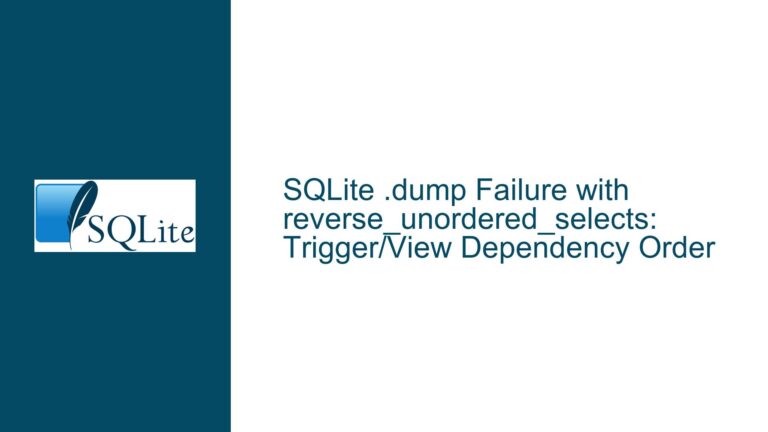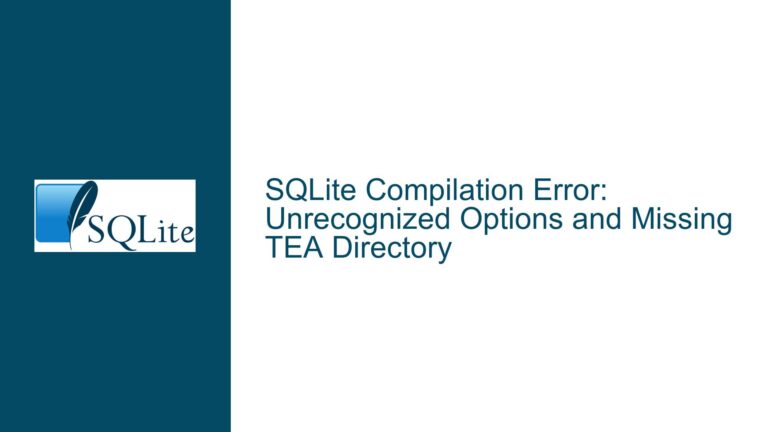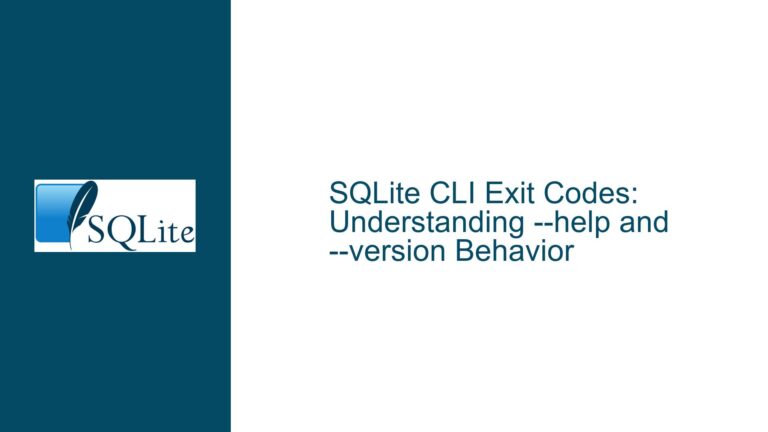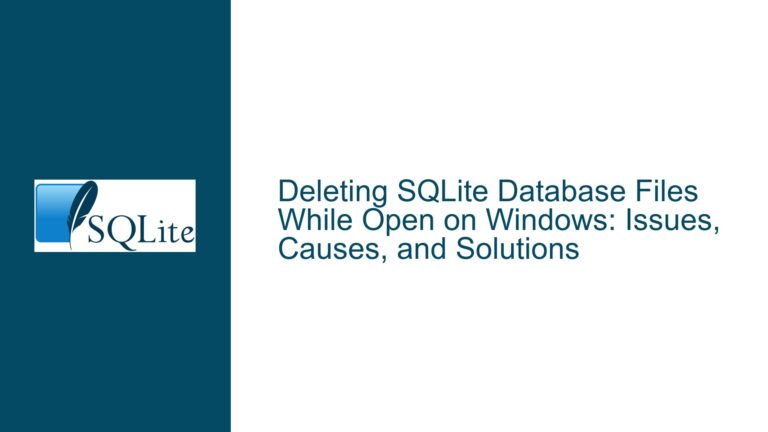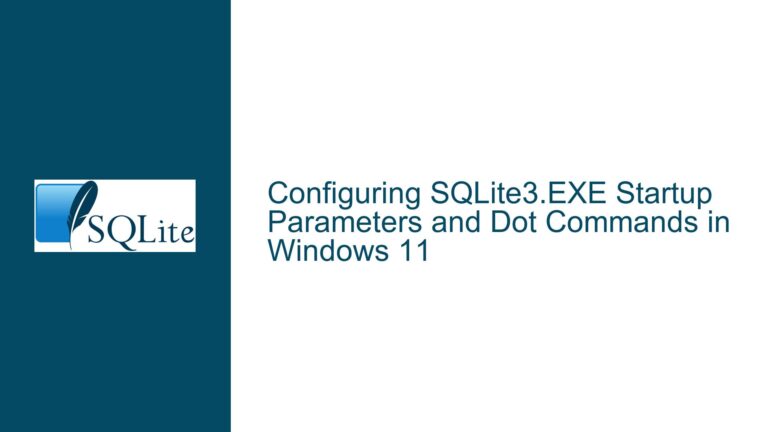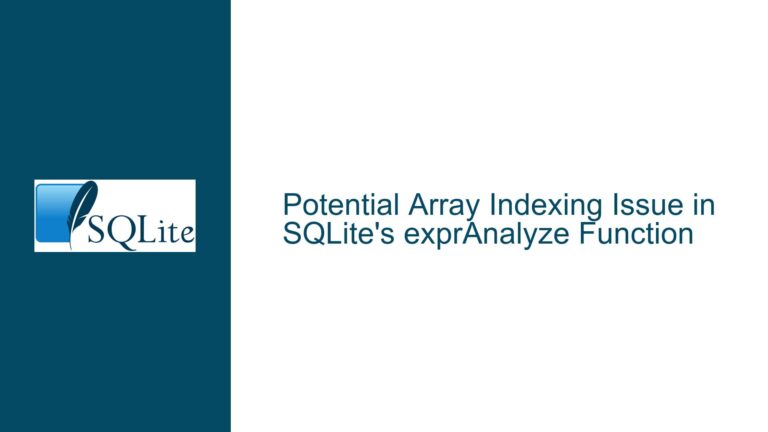Using SQLite as a File System Backend: Feasibility and Challenges
Architectural Considerations for Implementing SQLite as a File System The concept of using SQLite as a file system back-end in a custom operating system involves leveraging SQLite’s database engine to manage file storage, metadata, and I/O operations. This approach replaces traditional file system structures (e.g., inodes, block allocation tables) with SQL tables and queries. The…
